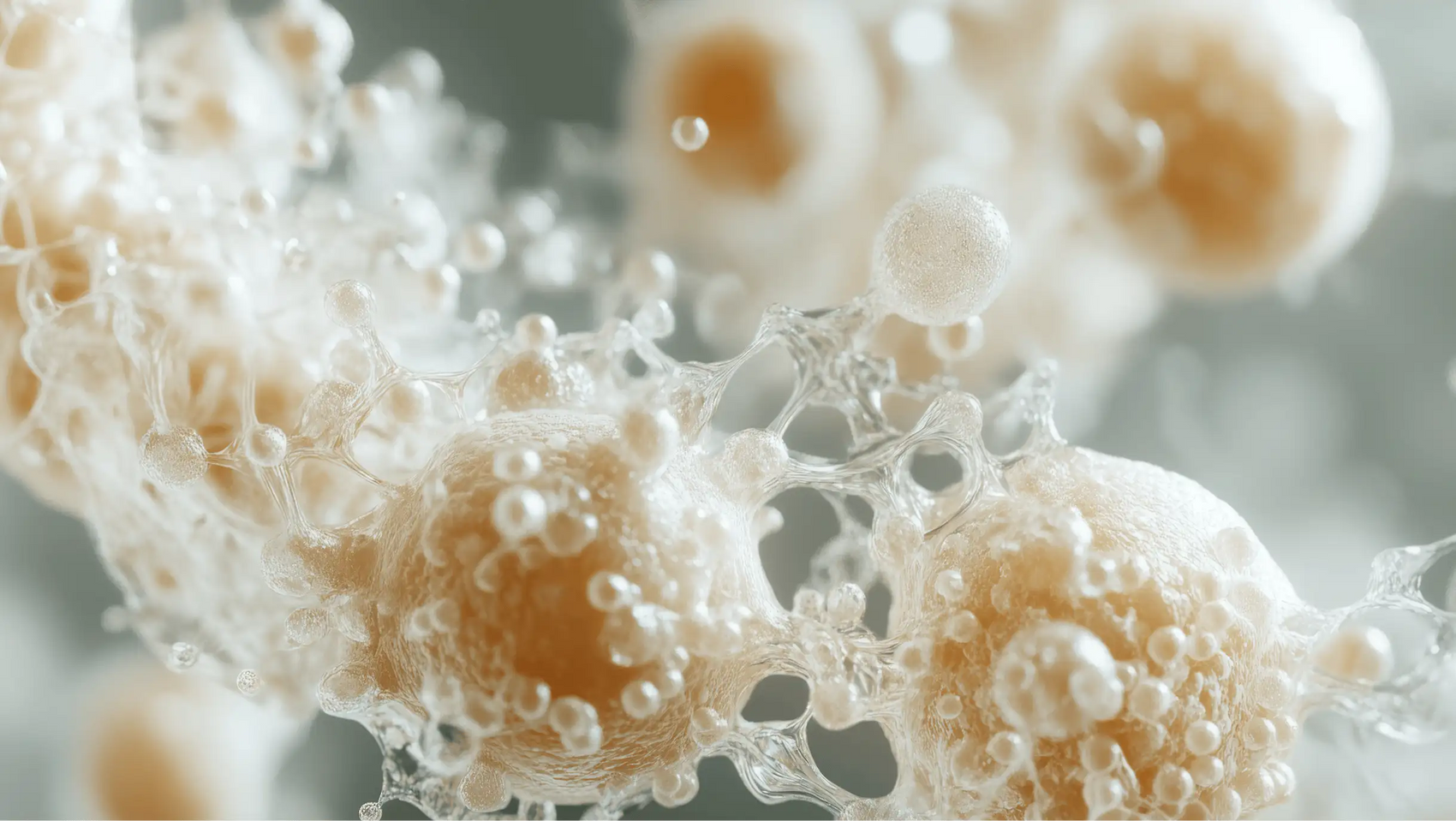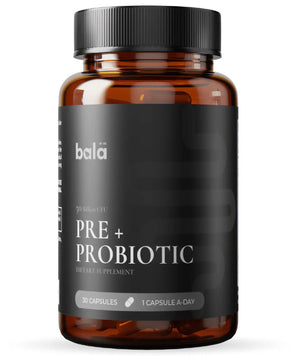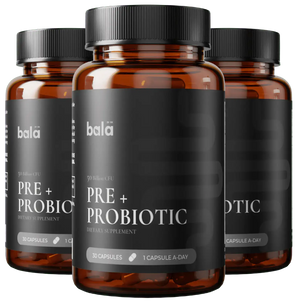Table of Contents
Introduction
Did you know that the food we consume can play a pivotal role in how we feel physically and mentally? It’s fascinating to realize that what we eat can influence our energy levels, mood, and even our digestive health. One dish that has gained attention for its health benefits, particularly in the realm of weight management, is idli—a beloved South Indian delicacy. Soft, fluffy, and made from fermented rice and lentils, idlis are often heralded for their nutritional profile and ease of digestion.
As we navigate the complexities of dietary choices and weight loss strategies, many of us find ourselves grappling with the question: Can I eat idli for weight loss? In this blog post, we will delve deep into this topic, exploring the nutritional aspects of idli, its benefits for weight management, and how it fits into a balanced diet.
We will discuss not only the science behind idli's health benefits but also how it can support your journey toward better gut health and overall wellness. At Bala Health, we believe in empowering our community with knowledge, and that’s exactly what we aim to do here. Whether you're a fitness enthusiast, someone looking to shed a few pounds, or just curious about gut health, this post is tailored for you.
What You Will Learn
- The nutritional profile of idli and how it contributes to weight loss.
- Various types of idli and their specific benefits.
- Practical tips on incorporating idli into your diet for optimal health.
- Insights into the relationship between gut health and weight management.
So, if you’re tired of the confusion surrounding healthy eating and want to learn more about how idli can be a part of your weight loss journey, you’re in the right place!
The Nutritional Profile of Idli
Idli is primarily made from a batter of fermented rice and urad dal (black gram). This fermentation process not only makes idli a delicious dish but also enhances its nutritional value.
Key Nutritional Components:
- Calories: An average idli contains around 50-100 calories, making it a low-calorie food option.
- Carbohydrates: Idlis are primarily composed of carbohydrates, providing energy without excessive calories.
- Protein: Each idli offers approximately 2-3 grams of protein, essential for muscle repair and growth.
- Fat: Idlis are virtually fat-free, which is beneficial for those on a fat-loss diet.
- Fiber: The fermentation process increases the fiber content, aiding in digestion and promoting satiety.
Additional Nutrients:
- Vitamins: Idlis are rich in B vitamins, which play a crucial role in energy metabolism and overall health.
- Minerals: They contain essential minerals such as iron and calcium, supporting various bodily functions.
This balanced nutritional profile positions idli as an excellent choice for those looking to lose weight while still enjoying a satisfying meal.
Benefits of Eating Idli for Weight Loss
1. Low in Calories
With a typical serving containing only about 50-100 calories, idlis can fit seamlessly into a calorie-controlled diet. This makes them an ideal option for those aiming to maintain or reduce their weight without feeling deprived.
2. Rich in Fiber
The fiber content in idlis, enhanced by the fermentation process, helps promote digestive health and keeps you feeling full longer. This can reduce cravings and prevent overeating, making it easier to manage your calorie intake.
3. Easy to Digest
Idlis are steamed rather than fried, making them light and easy on the stomach. This is particularly beneficial for individuals with sensitive digestive systems or those who experience bloating or discomfort after meals.
4. Nutrient-Dense
The combination of rice and urad dal provides a wealth of essential nutrients, including protein, vitamins, and minerals. This nutrient density supports overall health, ensuring that you are not only losing weight but also nourishing your body.
5. Versatile Meal Option
Idlis can be enjoyed with a variety of accompaniments, such as sambar (a lentil-based vegetable stew) or chutneys made from coconut, mint, or tomatoes. These additions can enhance flavor while keeping the meal balanced and nutritious.
6. Supports Gut Health
The fermentation process used in making idlis introduces beneficial probiotics to your gut. A healthy gut microbiome is linked to better digestion, improved mood, and even effective weight management.
7. Portion Control
Idlis are naturally portion-controlled, making it easier to manage your meal sizes. Pairing them with fiber-rich accompaniments can create a filling meal without excessive calories.
Types of Idli for Weight Loss
Idli comes in various forms, each with unique ingredients that can cater to different dietary needs. Here are some popular types of idli you might consider incorporating into your weight-loss plan:
1. Rava Idli (Sooji Idli)
Made from semolina (rava), this variant is quick to prepare and has a slightly different texture. Rava idli is high in fiber and can be a good option for those looking to enhance their fiber intake.
2. Ragi Idli
Ragi (finger millet) idli is another nutritious variant. Rich in calcium and iron, ragi idli is a fantastic option for those looking to boost their mineral intake while managing their weight.
3. Oats Idli
By substituting some of the rice with oats, you can increase the fiber content and make a heartier idli. Oats are known for their ability to regulate cholesterol levels and provide sustained energy.
4. Vegetable Idli
Adding finely chopped vegetables like carrots, spinach, or peas to the batter not only enhances the nutritional value but also adds flavor and color, making your meal more appealing.
5. Quinoa Idli
Quinoa is a complete protein source and can be mixed with rice to create a protein-packed idli. This is an excellent choice for those looking to increase their protein intake while enjoying a traditional dish.
How to Incorporate Idli into Your Weight Loss Plan
Mindful Eating
While idli is nutritious, portion control remains key. Aim for 2-3 idlis per meal, depending on your dietary needs, and pair them with vibrant, nutrient-dense accompaniments.
Meal Pairing
Consider pairing idli with:
- Sambar: A hearty lentil stew filled with vegetables, providing fiber and protein.
- Chutneys: Opt for low-calorie options made from fresh herbs or vegetables.
- Salads: Serve with a side of mixed greens or raw vegetables to enhance nutrient intake.
Regularity
Incorporating idli into your breakfast or lunch can help you maintain energy levels throughout the day while keeping your calorie intake in check.
The Role of Gut Health in Weight Management
At Bala Health, we emphasize the significance of gut health in achieving overall wellness. Your gut is home to trillions of bacteria, which play a crucial role in digestion, nutrient absorption, and even weight regulation.
How Probiotics Help
Probiotics, the beneficial bacteria found in fermented foods like idli, can positively impact your gut microbiome. A balanced microbiome is linked to better digestion, reduced inflammation, and improved metabolic health—all of which can support weight loss.
Supporting Your Gut Health
To optimize your gut health, consider:
- Regularly consuming probiotic-rich foods like idli, yogurt, and fermented vegetables.
- Incorporating prebiotic foods such as bananas, garlic, and onions, which feed beneficial gut bacteria.
- Staying hydrated to support digestion and overall health.
Conclusion
In summary, idli can certainly be a valuable addition to your weight loss journey. With its low calorie, high fiber, and nutrient-dense profile, it offers a satisfying meal option that supports not only weight management but also gut health. By incorporating various types of idli into your diet and pairing them with healthy accompaniments, you can create delicious and nutritious meals that align with your health goals.
At Bala Health, we are committed to helping you feel better from the inside out with clean, science-backed probiotics that actually work. To explore more about how to manage your weight effectively, we invite you to Take our 3-minute Weight-Loss Quiz and Shop our clinically-backed probiotic now to enhance your gut health journey.
FAQ
1. Can I eat idli every day? Yes, idli can be enjoyed daily as part of a balanced diet. However, it’s essential to monitor portion sizes and pair it with nutritious accompaniments.
2. Is idli suitable for people with diabetes? Idli can be included in a diabetic meal plan in moderation. It’s best to consult a healthcare provider for personalized advice.
3. How many idlis should I eat for weight loss? Aim for 2-3 idlis per meal, depending on your individual dietary needs and caloric goals.
4. Can idli help with digestion? Yes, the fermentation process involved in making idli introduces probiotics, which can support digestive health.
5. What can I pair with idli for a balanced meal? Pair idli with sambar, vegetable chutneys, or a side salad to enhance the nutritional value of your meal.






